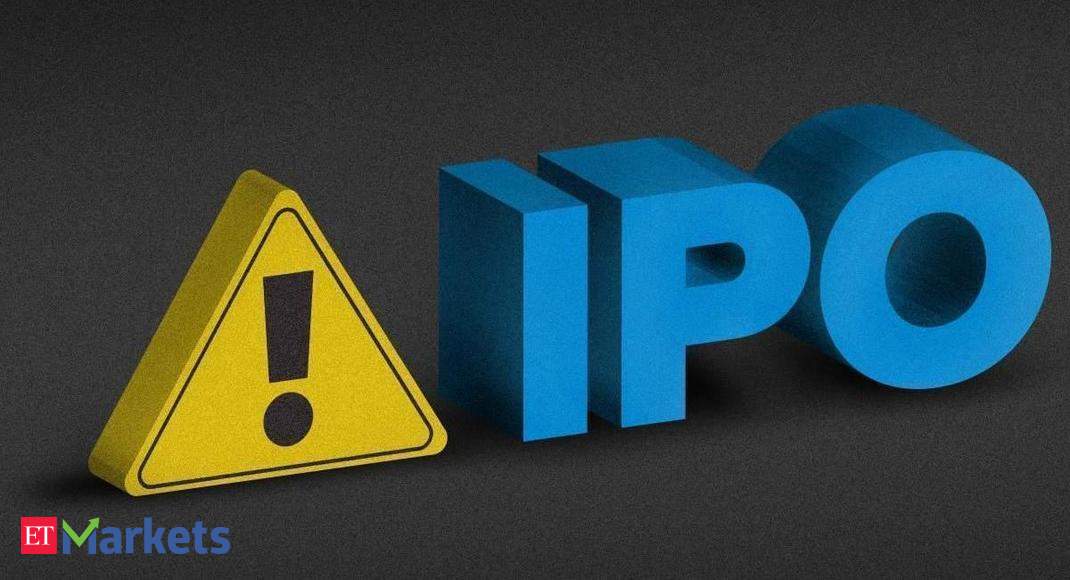Investors participating in the OFS include Rhine Holdings, Kedaara Capital Alternative Investment Fund-Kedaara Capital AIF 1, and promoter Ravi Modi Family Trust.
The company is selling shares in the range of Rs 824-866 apiece in the maiden public offering which is open till Tuesday, February 8.
Dealers tracking the grey market said that the stock was trading at a premium of Rs 43 or just 5 per cent over the higher end of the price band. The company has received mixed reviews from analysts ahead of the IPO.
Expensive valuations, offloading of stake by promoters and muted financials are key risks to the issue, said critics, whereas those who are positive on the issue said that the company is a leading player in its market segment, with a strong supply chain.
Considering the TTM as of September 2021, EPS of Rs 10.08 on a post issue basis, the company is going to list at a PE of 85.91 with a market cap of Rs 21,017.4 crore, said brokerage firm Marwadi Financial Services.
The brokerage has suggested to avoid the IPO as it appears to be aggressively priced. “There are no listed companies in India that engage in a business similar to that of the company,” it added.
Incorporated in 2002, Vedant Fashions Limited caters to the Indian celebration wear market with a diverse portfolio of brands including ‘Manyavar’, ‘Mohey’, ‘Mebaz’, ‘Manthan’ and ‘Twamev’.
Reliance Securities said maintaining a high margin of 40 per cent is a major challenge for the company. As of September 30, 2021, Vedant had a retail footprint of 1.2 million square feet covering 535 EBOs spanning 212 cities and towns in India, and 11 EBOs overseas across the United States, Canada, and the UAE.
“The IPO is aggressively priced and hardly leaves anything meaningful on the table for investors in the medium term perspective,” it added.
Ahead of the IPO, Vedant Fashions garnered Rs 945 crore from anchor investors by allotting 1,09,09,450 equity shares at Rs 866 apiece, according to a BSE circular.
Key anchor investors include Government of Singapore, Monetary Authority of Singapore, Fidelity, Nomura, Abu Dhabi Investment Authority, Morgan Stanley, BNP Paribas Arbitrage, Societe Generale and various domestic mutual funds and insurance companies.
Echoing similar views, Choice Broking said the issue is aggressively priced leaving no margin of safety for investors. It warrants caution on the valuation front.
“Furthermore, a high level of receivables (average 50 per cent of sales over FY19-FY21) can erode the OCF margin going forward,” it added with a ‘subscribe with caution’ rating.
In terms of valuations, the post-issue TTM PE works out to 84.4x (at the upper end of the issue price band), which is high considering VFL’s historical top-line CAGR of about 10 per cent over FY18-20, said Angel One in its pre-IPO report.
“It has high operating margin, asset light business, strong brands and wide range of products but we believe that these positives are captured in the valuations commanded by the company,” it added with ‘neutral’ rating on the issue.
Religare Broking said financial performance of the company has been impacted in FY21 due to the pandemic. While the valuations look stretched, the company’s long-term growth prospects remain promising. It has kept the issue in “unrated” category.
The company reported a net profit of Rs 132.90 crore in the financial year 2021, which was Rs 235.63 crore in the previous fiscal, due to pandemic. The revenue too dropped to Rs 625.01 crore from Rs 947.98 crore during the period.
For the six months ended on September 30, 2021, the company reported a profit after tax (PAT) of Rs 98.40 crore with a topline of Rs 387.29 crore.
The company’s strength lies on four key pillars that it has built over the last 20 years which act as entry barriers including supply chain and vendor management, inventory management, understanding customer preference and robust distribution model, said brokerage firm KR Choksey.
It has a strong balance sheet with no debt and asset light model, it added with a recommendation to subscribe for long-term gains.
50 per cent of the net issue is reserved for qualified institutional buyers (QIBs), whereas non-institutional buyers will have 15 per cent shares allocated for them. Retail portion has been fixed at 35 per cent of the offer.

